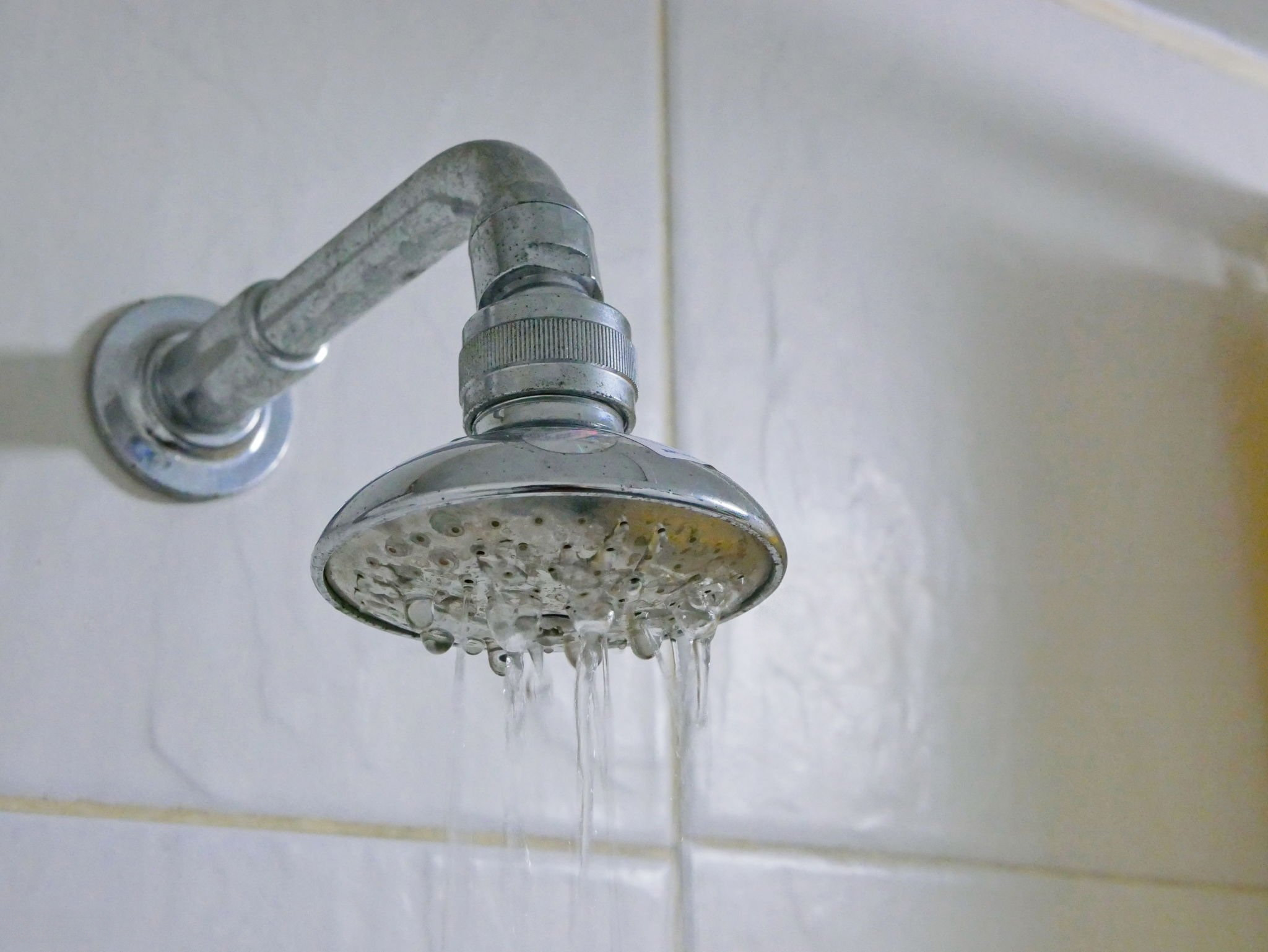Everyone knows how frustrating it is to turn on your shower or faucet and find that there is an issue with your plumbing. Home plumbing issues are more common than you may think, and knowing how to prevent them can help you to avoid a potentially major headache in the future. Let’s take a look at the 5 most common problems to watch out for!

Is your toilet running? Make sure you catch yours before your water bill catches you.
1. Running Toilet
Did you know that a running toilet can significantly increase your water bill? A running toilet is often due to faulty parts or issues with the float mechanism. Prevent this by regularly inspecting toilet parts, and by using toilet bowl cleaners without chemicals. Once again, it is important to address the issue as soon as possible to avoid a more substantial problem down the road.
2. Clogged Drains
Taking a shower that starts to feel more like a bath? Slow drainage of water is a sign that your drain is clogged. Other signs to look out for include a gurgling sound or strange smell coming from the pipes. Clogged drains happen when a blockage is created by the accumulation of everyday debris such as hair, soap, grease, or food. This can be prevented by utilizing drain covers, not pouring grease or oil down the drain, and using non-corrosive solutions to clean your drains. These simple actions can go a long way towards avoiding a clogged pipe.
3. Leaky Faucet
A leaky faucet is not only annoying but can waste hundreds of gallons of water a year! A leaky faucet is often a sign that a part is worn-out and in need of replacement, such as a washer, O-ring, or valve seat. In order to make these parts last longer, be sure to not over-tighten your faucets, and inspect them regularly to determine if replacements are needed. If you do see your faucet leak, be sure to address it right away before it drives up your water bill!

4. Low Water Pressure
No one wants to deal with low water pressure! Taking preventative measures, such as installing a water softener to reduce mineral buildup and cleaning faucet aerators and showerheads regularly, can ensure that all your taps and showers maintain a strong flow of water. It is also a good idea to get a gauge to monitor your water pressure, in order to know right away when there is a problem.
5. No Hot Water
Not having hot water is the number one indicator you might have a major plumbing problem! Several water heater issues may be to blame, including a faulty thermostat, a broken heating element, or sediment buildup in the tank. To prevent such buildup, flush your water heater annually. Other measures to take include insulating your water heater to boost efficiency and scheduling regular maintenance checks to catch problems early.
Have a home plumbing issue? Count on us!
Whether the problem you are facing is on this list or not, TMS can help! Our plumbers will have your water running smoothly again in no time. Just give us a call at 860-342-8867!

